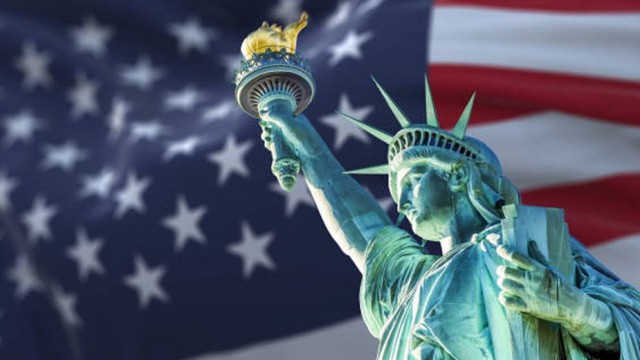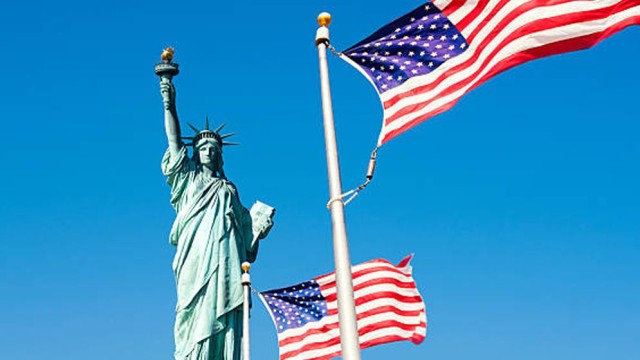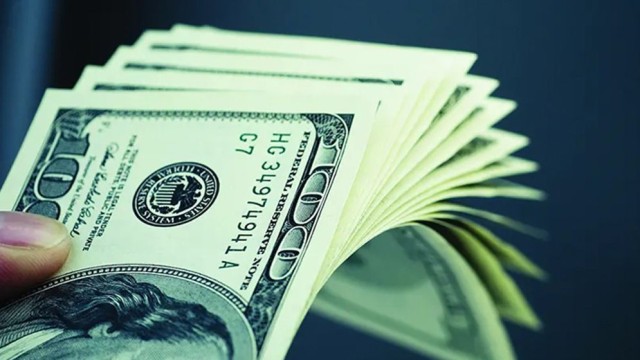Today, July 4, marks the 248th Independence Day of the United States. This day in 1776, the Continental Congress of the 13 colonies approved the Declaration of Independence, formally severing ties with Britain and marking the birth of the nation.
On July 2, 1776, America's Second Continental Congress voted to secede from British rule. Two days later, Congress gave final approval to the Declaration of Independence, a document primarily authored by Thomas Jefferson. Although the official signing took place on August 2, the United States has traditionally celebrated its independence on July 4.
Every year, Americans commemorate Independence Day with grand ceremonies, parades, concerts, and fireworks. This year is no exception, with celebrations planned across the country. The day is a reminder of the sacrifices made by 25,000 revolutionary Americans and 27,000 British and German soldiers during the Revolutionary War.
France is often remembered as the most loyal ally of America during its struggle for independence. The Statue of Liberty, a towering symbol of freedom and democracy, was a gift from the people of France. Designed and constructed under French supervision, the statue was given in recognition of America's role in the Civil War and Revolution, the end of slavery, and the establishment of a democratic state. On Independence Day, the Statue of Liberty is adorned with colorful decorations, symbolizing the enduring friendship between France and the United States.
The Statue of Liberty remains a powerful emblem of freedom and democracy in the United States. As long as America exists, this sculpture will stand as a testament to the nation's values and its commitment to liberty and justice for all.
Today, as Americans celebrate their independence, they reflect on the country's history and the principles that continue to shape its identity.






























Comment: